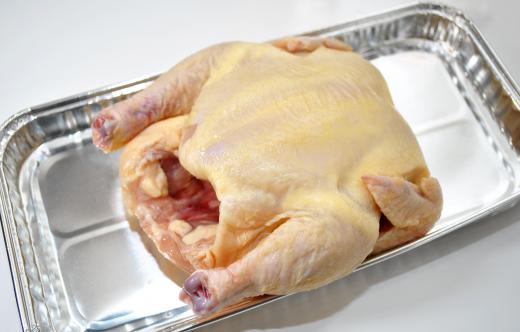A plucking machine is an automated machine made for plucking the feathers off poultry, and it usually is used in poultry processing to defeather dead birds. Most plucking machine units can process many types of poultry, though some may have trouble with heavier birds such as turkeys. Depending on the model and method, most pluckers take from one to six minutes to completely pluck all the feathers off a bird. There are several different methods of plucking, and the common methods include wet, dry and wax. This machine often applies a lot of force to get the feathers off the poultry, but it normally does not damage the skin.
Most plucking machine units are able to process many types of birds. For example, one machine may be able to process ducks, chickens, quail and wild birds without any problems. Heavier birds, such as large ducks and turkeys, may be difficult for some machines. This means the user should not process a bird that is too heavy for the plucker; otherwise, it may jam or the poultry may not be completely plucked.

There are many types of plucking machine units, and most of them can pluck a bird within a similar window of time. Fast models can complete plucking in about a minute, whereas slower models take up to six minutes. Slower models may be more efficient, because faster models tend to have a slightly higher chance of leaving some feathers intact. Most machines also have a slide that allows all the features to easily slide out of the machine once they are removed.

Depending on the user’s preference and what type of poultry he is processing, several different plucking methods can be used to best remove feathers. The dry method does not use any liquid and has no initial preparation; the bird is plucked as is. With the wet method, the bird will normally be soaked in scalding water by the machine, which normally helps to loosen and remove the feathers. Wax plucking is normally used for birds with larger feathers, and the wax adds weight to the feathers, making them easier for the machine to remove.
When a plucking machine is working on poultry, the process is rarely soft and gentle. Rather, the bird is typically thrown or spun with a lot of speed and force to best remove the feathers. While there is a lot of force applied, most plucking machine units do not harm the bird. This means the skin and muscle tissue will be intact and only the feathers will be removed.
